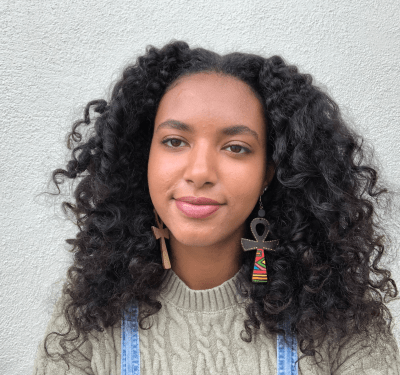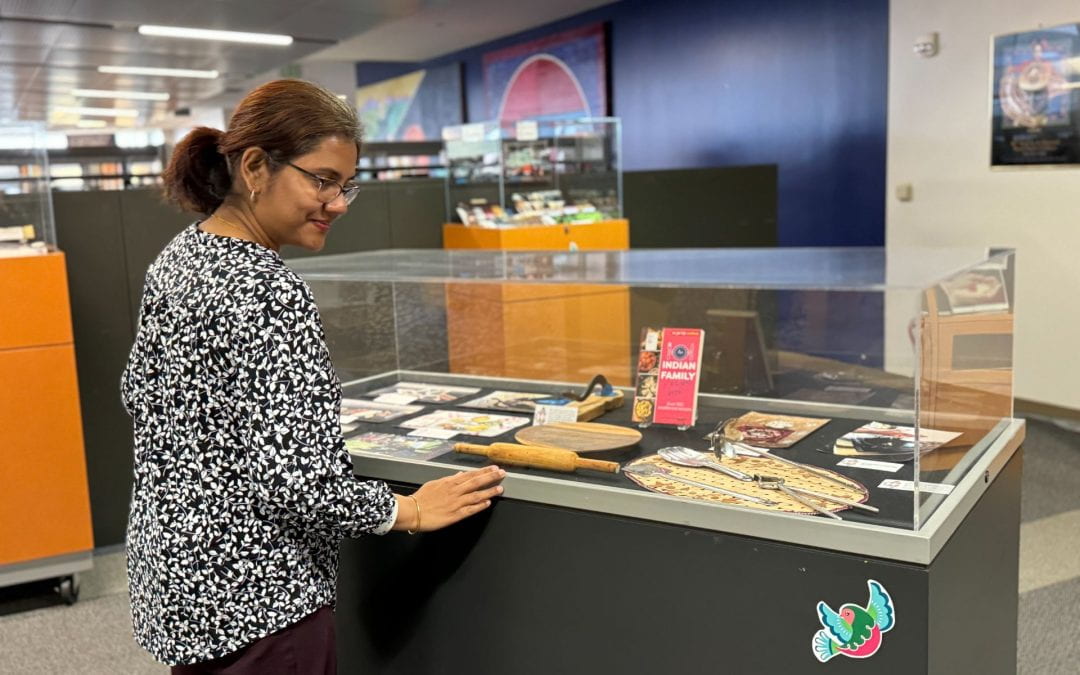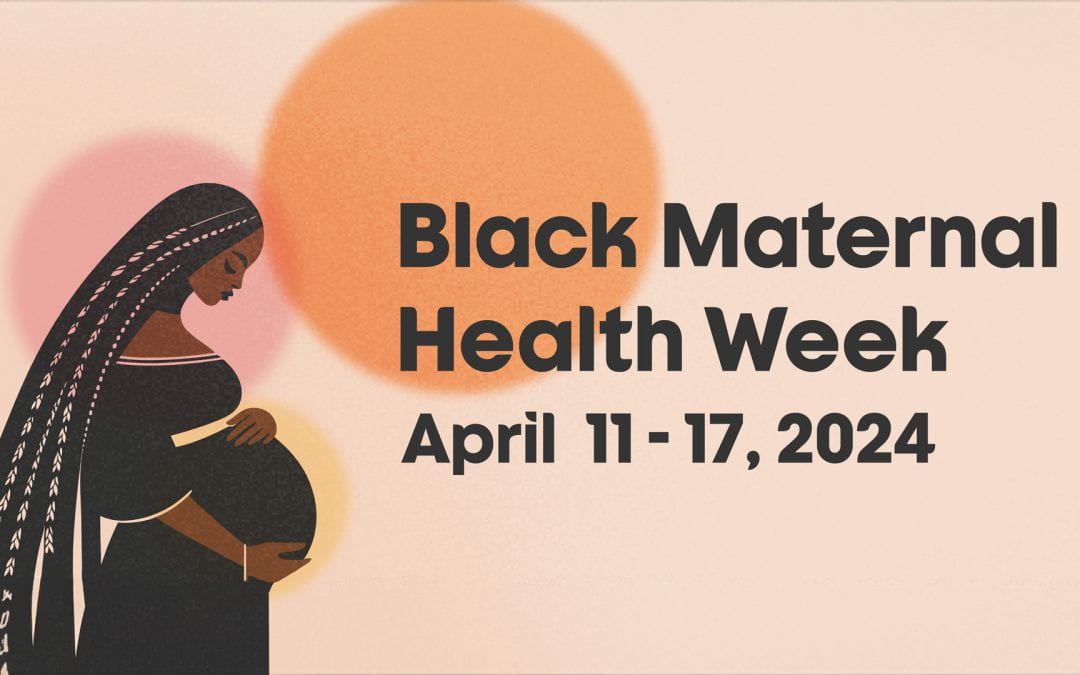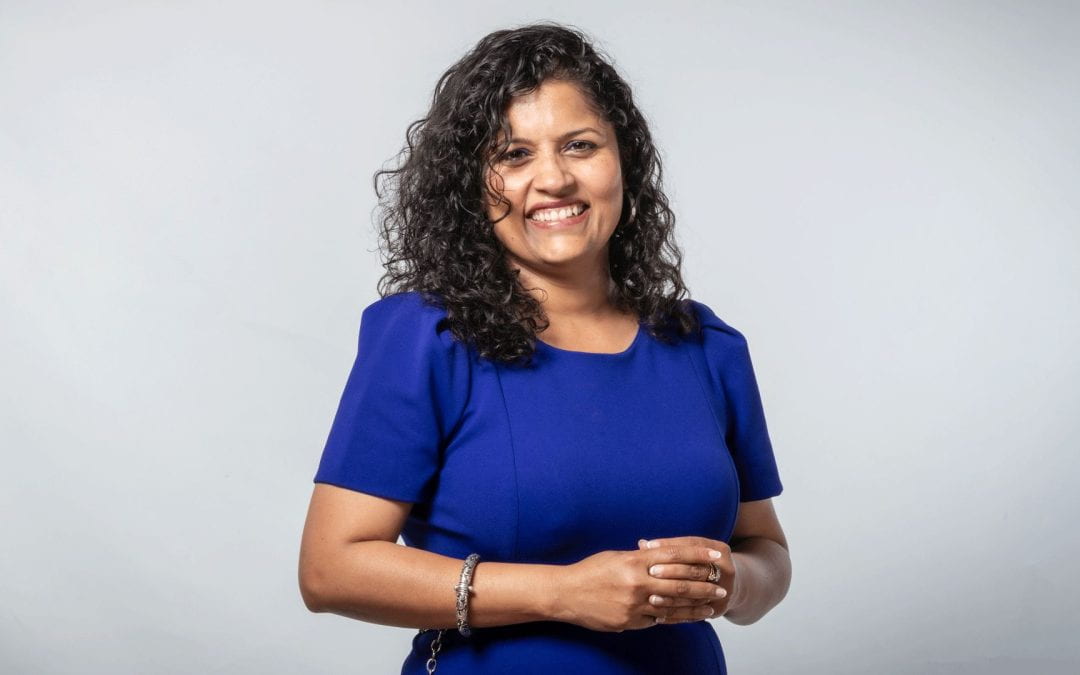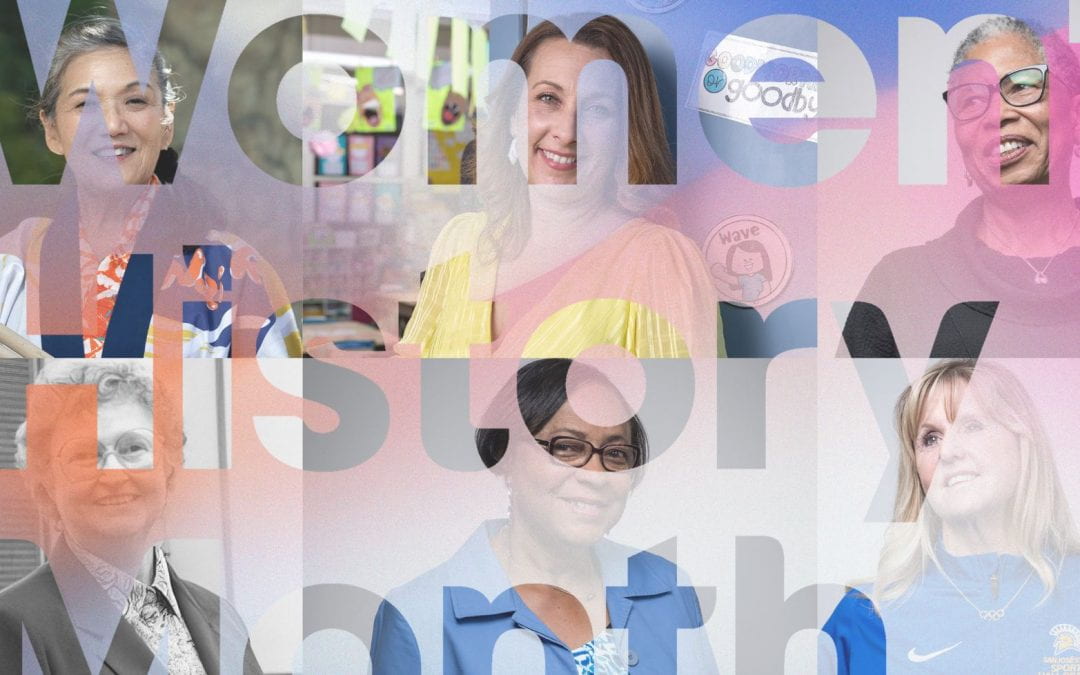New Exhibit Showcases Stories of Black Spartans

Faricita Hall Wyatt, one of the earliest documented Black students to graduate from SJSU, as depicted by digital artist Yeab Kebede, ’22 BFA Digital Media Art.
Starting Feb. 9, members of the public can learn the stories of some of the earliest documented Black students at San José State University.
The Black Spartans (1907-1948) exhibit, reflecting an ongoing research project in SJSU Special Collections and Archives that explores Black experiences in university history, can be viewed in person at the Dr. Martin Luther King, Jr. Library and online at SJSU Digital Collections. The exhibition will feature 19 individual digital portraits created by student Yeab Kebede, ’22 BFA Digital Media Art.
The project is the brainchild of SJSU University Archivist Carli V. Lowe and Special Collections Librarian Kate Steffens, ’19 MLIS. When Lowe was first hired in 2019, questions from researchers revealed that an important part of the campus community was hard to find in — if not missing entirely from — SJSU’s 170-year history: the stories of African American and Black Spartans.
“The reaction I got from the Black community and Black researchers visiting the library was this hunger for information about Black history on campus,” said Lowe, who works in Special Collections and Archives at SJSU’s Dr. Martin Luther King, Jr. Library.
She added that although San José State has celebrated the work of Black athlete-activists Tommie Smith, ’69 Social Science, ‘05 Honorary Doctorate; and John Carlos, ’05 Honorary Doctorate; it is important to recognize the people whose everyday efforts paved a path forward.
“We have this statue of Tommie Smith and John Carlos at the 1968 Olympics that is so important and so iconic — and yet it’s easy to forget that there were a lot of steps on the path that led to that moment, and many steps following,” she said. “This is why we have so much work to do to understand Black history.”
To begin their research, Lowe and Steffens relied on SJSU’s digital Spartan Daily archives, focusing searches on keywords like “colored,” “Negro,” and other race-specific identifiers. They located educator Lucy Turner Johnson, who graduated in 1907 and is believed to be the first Black student at San José State (then known as the Normal School). They had trouble finding other enrolled Spartans in the archives who either self-identified or were publicly identified as Black or African American until the 1930s.
They hired Kebede to help them celebrate the lives of Black Spartans by creating mixed media portraits for display in the library and online.
“As a Black student at SJSU, I didn’t know about the history of fellow Black Spartans, and that intrigued me and made me sad at the same time,” said Kebede. “Seeing my reflection has been a very different experience. I’m very humbled by reading about these ordinary people and creating something that could speak to their existence.”
Steffens reflected on how powerful it was to uncover stories of Black students thriving, even during deeply racist times.
“Educator and poet Faricita Hall Wyatt is a good example of someone who lived a really remarkable life,” she said. “We also found Roger Romine, a Tuskegee Airman who passed away during World War II.
“While there are some really fascinating stories, I think every story deserves to be told,” she continued. “We hope to have an impact on our student body by helping them feel comfortable coming to school, especially students who aren’t the majority on campus.”
The power of reparative and representational archives
Steffens and Lowe share a passion for reparative archiving, the practice of locating materials that counteract historically damaging, stereotypical or exclusionary records. In essence, by finding and displaying the stories of everyday Black Spartans that pre-date the Civil Rights Movement, they are painting a fuller picture of university life — and by extension, San José and the Bay Area.
In addition to Kebede’s portraits, the collection includes a series of digital scrapbooks that features historic images of Black Spartans, along with newspaper clippings and other records.
Lowe and Steffens envision expanding the project to invite community members to contribute to the research and share their own stories, memories and anecdotes. They also hope the Black Spartans project can serve as a model for researching other marginalized groups on campus.
“My training in archives is from a community-based background, and seeing the impact that everyday stories had on others — and the impact that it had on me — is one of the reasons I wanted to do this,” said Lowe.
“One of the things that made me want to be an archivist was interacting with these puzzle pieces of history that, taken all together, help me have a better sense of myself and my place in time. I hope that this exhibit provides that for others.”
Creating the portraits has felt like an ongoing conversation with fellow Black Spartans, added Kebede.
“I realized how important this project was for me as a student and also for my peers who are Black or brown,” she said. “Their reactions to my work, and the stories of these everyday Black people, made the project even more important to me, because it’s not necessarily associated with the struggle of Black people.
“This project has allowed me to see a reflection of myself, and what’s more important than that?”
The exhibit, which is co-sponsored by SJSU’s Institute for the Study of Sport, Society, and Social Change, MOSAIC Cross Cultural Center, Community and Government Relations, Department of African American Studies, and the Black Leadership and Opportunity Center, runs from Feb. 9–April 1 at the Jennifer and Philip DiNapoli Gallery on the King Library’s second floor.
Learn more about the Black Spartans exhibit.


